
Become a member
Join today and help protect nature, beauty and history – for everyone, for ever. Enjoy access to more than 500 places with National Trust membership.

Would you like to dig a bit deeper into history, find gardening tips or even make your own World Heritage Site? Discover more about the places we care for and pick up some new skills.
Learn about people and places from the past and explore remarkable works of art, architecture and gardens.
Get into the Christmas spirit with our Advent calendar of 24 festive objects from the collections in our care. Find out what today's object is and delve into the origins of the Advent calendar.

Many of the places and collections we care for tell the stories of disabled people throughout history. Discover more about the people behind these connections.
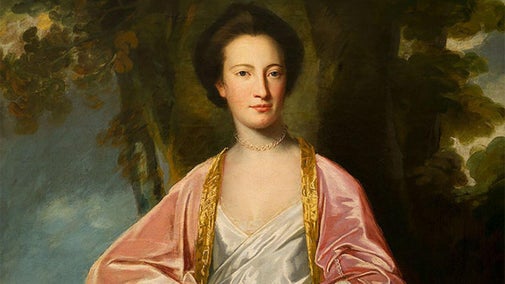
Discover the different eras of British history through the archaeological artefacts and sites in our care. From stone circles in the Prehistoric Era to military remains of the 20th century, learn more about our ancestors and Britain's past.

Wander through our collections and gardens to learn the high-society origins of the ferns, orchids and pelargoniums in your home.

Get closer to nature with our guides on identifying fauna, spotting wildlife in their natural habitats, enjoying the outdoors responsibly, and much more.
Holly is one of the UK's most familiar native evergreens and has decorated gardens and homes for centuries. Find out more about this versatile plant, from its pagan roots to its use in furniture.

Fungi play a vital role in the natural world and decomposition process, helping break down organic woodland material. Discover everything you need to know about these important organisms.

Find out how to spot red squirrels, the best times to see them and how to tell them apart from grey squirrels.

Do you know your ammonites from your devil’s toenails? Learn how to identify some of the fossils commonly found around the UK coast and where you might see them.

Try some of our recipes at home and find out why we champion sustainable, local and seasonal food.
Browse a selection of recipe ideas, from cream-tea classics and family-friendly treats to meat-free dishes and seasonal delights.
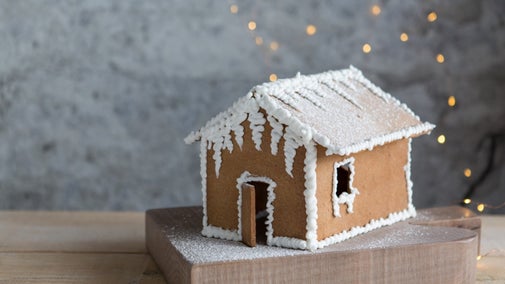
These easy-to-make muffins will whip up a little festive cheer in your home. They're a classic combination of spices and fruit covered in a creamy frosting.

Christmas wouldn't be the same without a Christmas pudding. A twist on the classic British pudding, this fruity vegan version is a festive must.

Discover which vegetables and fruit to harvest, plant and buy each month with our handy guide. Growing your own fruit and vegetables reduces food miles, which helps the environment.
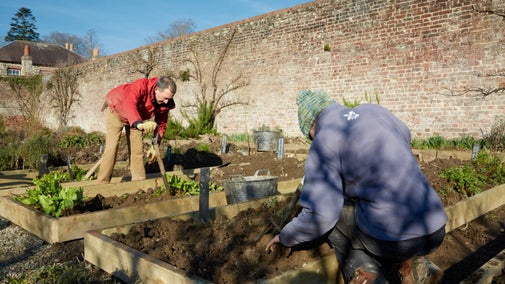
Discover top tips from our expert gardeners and learn how to make the most of your garden, plot or window box.
Keep your garden or green spaces thriving with our winter gardening tips. There are plenty of jobs to keep you busy, from protecting your plants and wildlife to planning ahead for warmer days.
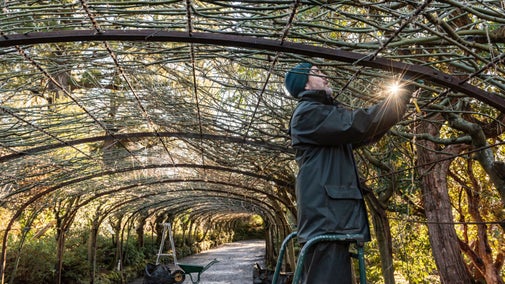
Learn how the right plants can transform your balcony into a vibrant green space, which will also help to support wildlife and improve wellbeing.
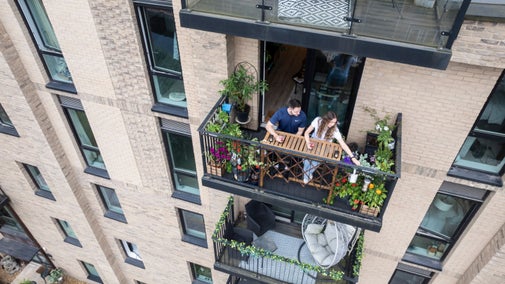
We've committed to going peat free as an organisation, and all the plants we grow, buy and sell are potted in peat-free compost. Discover top tips for peat-free gardening in your own green space.

Find out how to get the most from your allotment or patch, and learn why growing your own fruit and vegetables is good for you in more ways than one.

Follow our step-by-step craft guides and create something new, from eco-friendly gifts to projects that help the wildlife on your doorstep.
Whether you’re looking for a relaxing activity or a festive way to bring the family together, follow our step-by-step guide to create a Christmas wreath.

Learn how to make a sophisticated version of the paper chain, a classic 19th-century Christmas decoration that’s simple for adults and children alike.

Challenge yourself to build a World Heritage Site or ancient place with whatever you have at home and create your own piece of history.

Follow our easy guide to sewing a simple draught excluder that will keep the heat in this winter. Make one for your own home or gift one to friends and family.

Immerse yourself in nature, beauty and history from the comfort of your own home with virtual exhibitions, behind-the-scenes videos or our podcasts.
Tune into award-winning stories of history, nature and adventure linked to the places in our care with our podcasts.

Delve into our online exhibitions, where you can explore artworks and discover the history of the places and collections we look after from your seat.
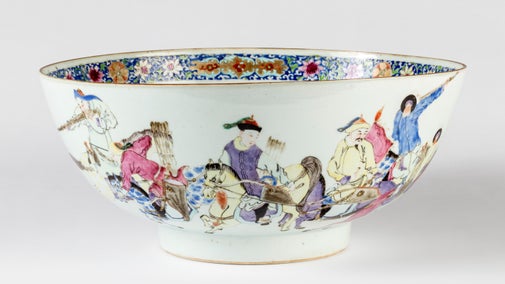
Take an interactive 360° virtual tour of the diverse landscapes and habitats on the Holnicote Estate in Somerset. Roam around beaver enclosures, ancient oak woodland and saltmarshes, and learn how conservation is shaping the future of this estate.

Step into the spotlight and explore the real-life locations behind your favourite films and TV shows, from grand estates in period dramas to magical landscapes in fantasy worlds.
Many of the places in our care have been locations for films and TV dramas. Go behind the scenes at our most popular filming locations and discover how iconic moments were created on screen.

From Hogwarts to Malfoy Manor, explore the wizarding world of Harry Potter through the places in our care.

Learn about the places we look after that have been used as filming locations for the six seasons and three films of Downton Abbey.
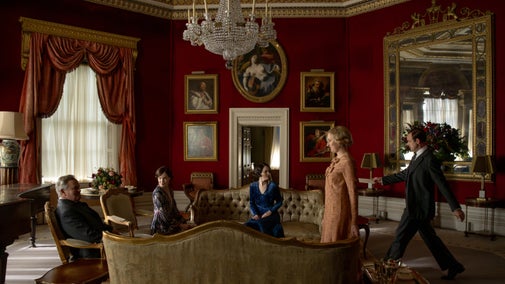

Join today and help protect nature, beauty and history – for everyone, for ever. Enjoy access to more than 500 places with National Trust membership.